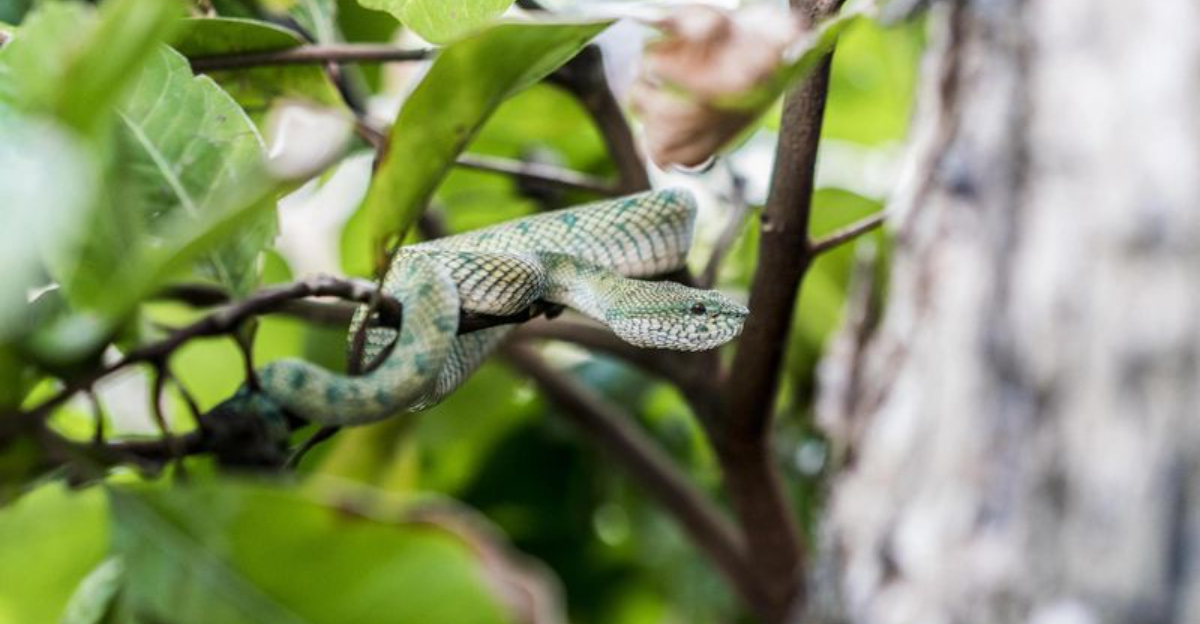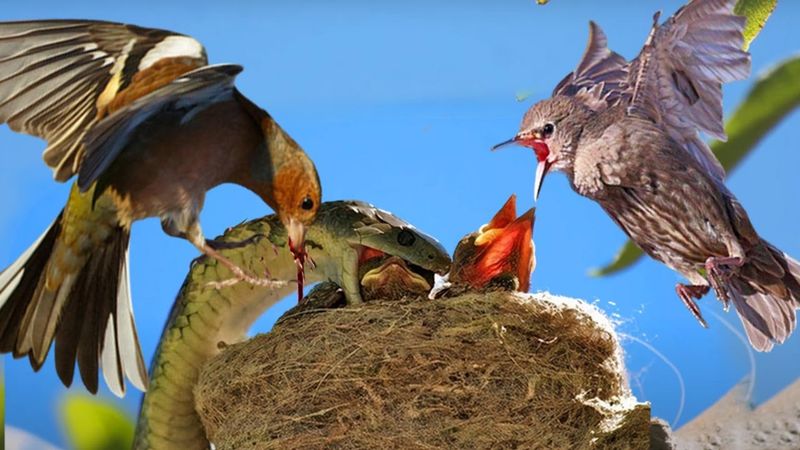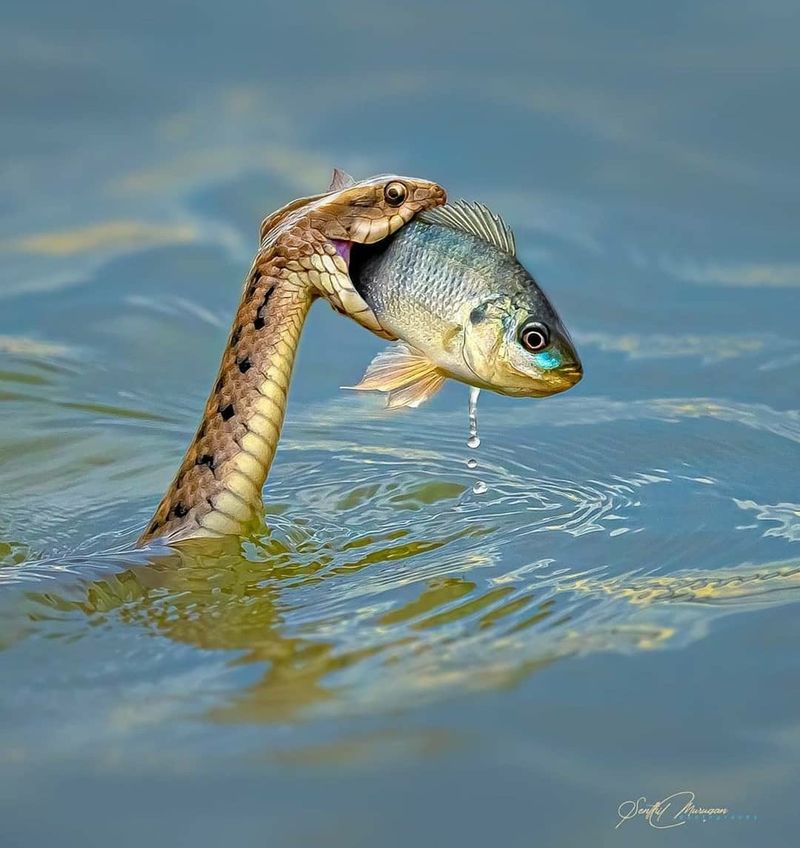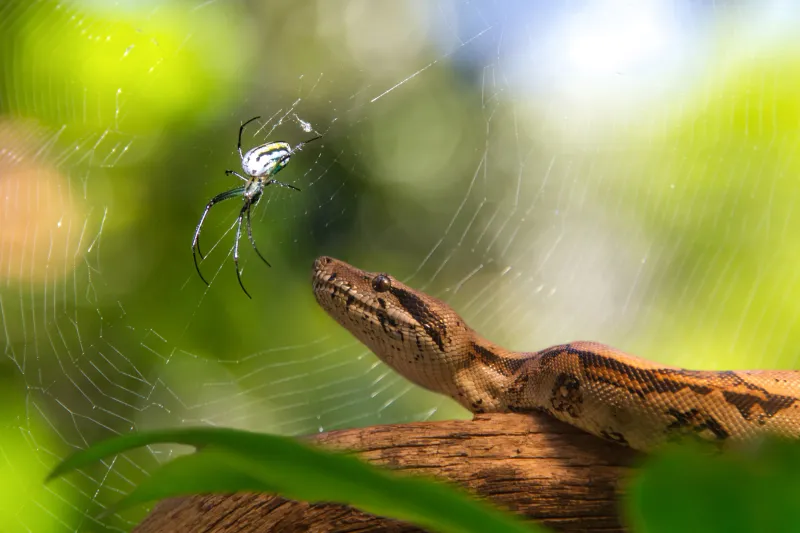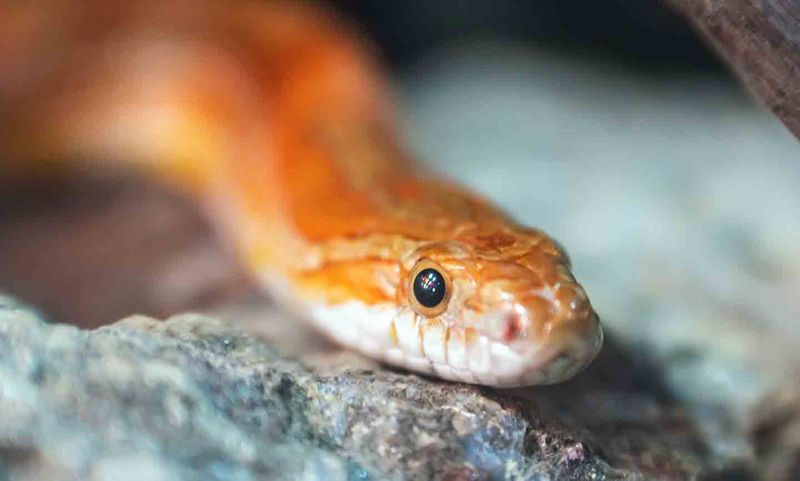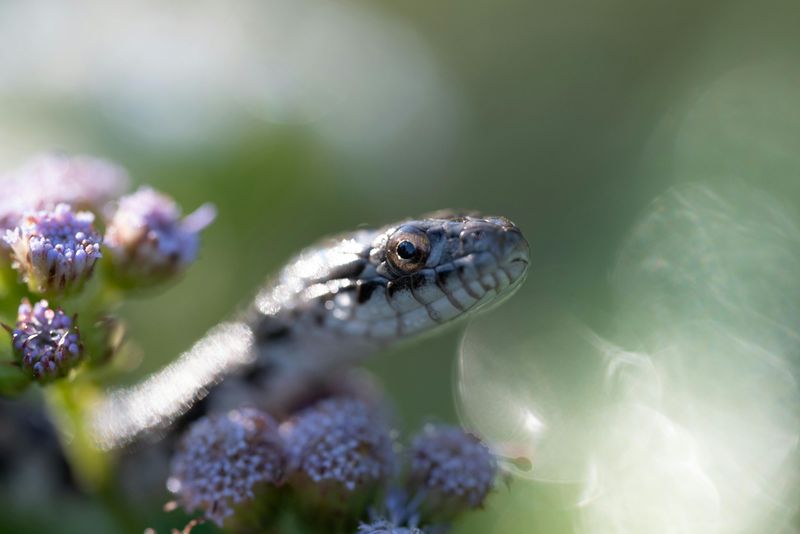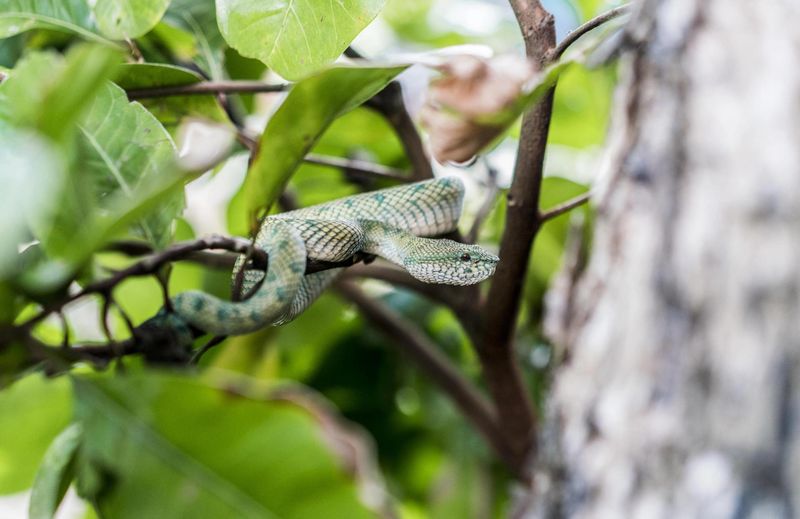📖 Table of Content:
Snakes are masters of stealth, often blending into their surroundings until something draws them out. Among the many factors that trigger their emergence, certain scents stand out as powerful attractants. Understanding these scents offers insight into snake behavior and helps us better navigate environments where they might appear.
From the smell of prey to natural pheromones, these scents can lead snakes to new areas in search of food or mates. While some aromas naturally occur in the wild, others might unknowingly come from our homes or gardens. Recognizing these attractants can be valuable for anyone seeking to minimize encounters or simply learn more about these elusive reptiles.
You’ll discover the 8 surprising triggers that can lure snakes from their hidden spots. Whether you’re a wildlife enthusiast or hoping to keep your surroundings snake-free, this knowledge can enhance your awareness and preparedness. Discover how nature’s invisible signals can invite some unexpected visitors.
1. Rodent Odor
Snakes have a keen sense of smell, and rodents make up a significant portion of their diet. The scent of rodents can easily draw them out from hiding. In particular, snake species such as rat snakes and corn snakes are adept at detecting this scent.
This makes them venture closer to human habitats where such smells are often prevalent. If you live in an area prone to snake visits, maintaining a rodent-free environment can help reduce the risk of attracting snakes. Keep your space clean and store food securely to minimize rodent presence.
2. Egg Scent
Eggs are another tempting treat for many snake species, including rat snakes and king snakes. The scent of eggs can be a strong attractant for these reptiles. They are often found raiding bird nests or even chicken coops in search of a meal.
If you keep hens or have bird nests nearby, regularly checking and securing these areas can deter snakes. Using secure enclosures for poultry and maintaining clean surroundings can help in keeping snakes at bay.
3. Amphibian Aroma
Frogs, toads, and other amphibians emit distinct scents that lure snakes like garter snakes and cottonmouths. The allure of these scents is strongest around water bodies, drawing in hungry predators.
Snakes are drawn to ponds, swamps, or marshy areas where amphibians thrive, making these places potential hotspots for snake activity. If you have a garden pond or live near such locations, consider regular maintenance to keep amphibian populations and, consequently, snake visits in check.
4. Fish Fragrance
The aroma of fish is another scent that can lure snakes, especially water-loving species like the water snake and anaconda. These snakes are adept swimmers and often scout areas where fish are abundant.
If you reside near rivers or have stocked ponds, be vigilant about snake sightings. Using barriers or nets around fish ponds can deter snakes while allowing the fish to thrive undisturbed. Regularly check and maintain these barriers to ensure their effectiveness in keeping snakes away.
5. Insect Incense
Certain snakes, particularly young ones, are attracted to the scent of insects. Insects serve as a primary food source for juvenile snakes. Gardens or areas with blooming flowers can become inadvertent snake magnets due to the presence of insects like crickets and grasshoppers.
To minimize snake attractions, consider introducing natural insect predators like ladybugs. Maintaining a balanced ecosystem can help control insect populations, thereby reducing the likelihood of attracting snakes to your garden.
6. Pet Food Perfume
Left outdoors, pet food gives off a scent that draws in rodents—and with them, snakes seeking an easy meal. Species such as garter snakes might roam into yards where pet food is accessible.
To prevent this, ensure pet food is stored securely indoors and leftovers are promptly cleaned. This reduces the risk of both rodent and snake visits, keeping your pets safe from unwanted interactions. Regular cleaning and vigilance in areas where pets eat can significantly lower snake attraction.
7. Floral Fragrance
While snakes do not typically eat flowers, certain floral fragrances can pique their curiosity. Gardens with strong-scented flowers may inadvertently attract snakes exploring new territories.
If you’re concerned about snakes, opt for plants with milder scents and maintain tidy garden spaces. Regular pruning and removing debris can also deter snakes from using gardens as hiding spots. This creates a less inviting environment for snakes while preserving the beauty of your floral arrangements.
8. Spicy Aromas
Surprisingly, spicy aromas can pique the curiosity of certain snake species, drawing them in to explore new areas or investigate potential food sources. Herb gardens with strong-smelling plants like basil and chili can sometimes draw snakes closer.
To prevent this, consider planting such herbs in pots rather than directly in the ground, minimizing direct access. Additionally, keeping herbs away from the ground and maintaining a clear yard can help discourage snake visits.
